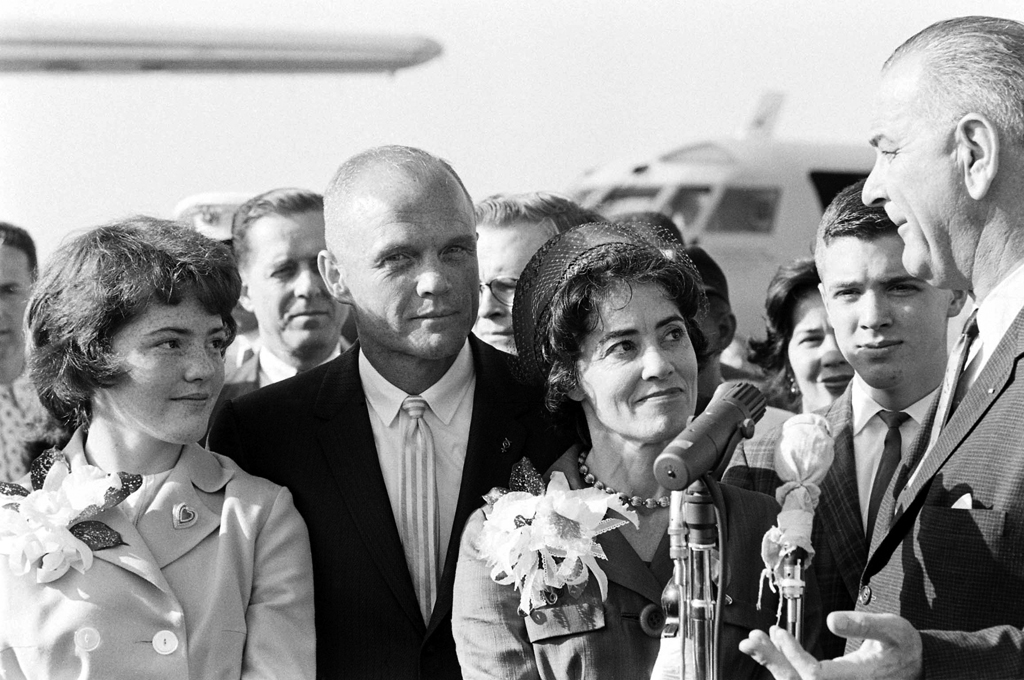
No person alive has been more closely associated, for so long, with America’s triumphs in the early days of the Space Race than John Glenn, and few Americans in history have served their country in as many high-profile and varied roles: First American to orbit the earth; decorated Marine Corps veteran (in both WWII and Korea); novice, eager politician; seasoned, savvy, multi-term United States senator; space shuttle crew member—across seven decades, Glenn has lived much of his personal and professional life in the public eye.
But it was during a remarkably brief, heady period in the late 1950s and early 1960s when Glenn first entered the national consciousness and became, in a very real sense, the public face of the American space program. Here, in a gallery filled with pictures made by some of LIFE magazine’s finest photographers, the 92-year-old, straight-talking Ohio native (b. July 18, 1921) shares his memories and insights on one of the most thrilling, inspiring, nerve-wracking eras in the nation’s history, as well as his own career as pioneering astronaut and fledgling, earnest candidate for public office. (Note: Most of these photos never ran in LIFE magazine.)
[MORE: “Magnificent Seven: America’s Mercury Astronauts”]
“America was in something of the doldrums when Project Mercury began,” Glenn recalled in an interview with LIFE.com, painting a picture of the era during which he and his fellow astronauts—the Mercury 7—helped fire the nation’s imagination about the prospects of space exploration. “Within the memory of an awful lot of people, we’d come through the Great Depression, World War Two and the Korean War. We weathered the Depression, we won the Second World War—but then we fought to a stalemate in Korea. No one had a very good feeling about that, and quite a few people began questioning whether America’s greatness was a thing of the past.
“The space program helped restore our confidence as a nation. It wasn’t designed to do that, of course. But looking back, I think what we accomplished as astronauts went a long way toward bringing people out of the doldrums of the late fifties and early sixties, and I’m proud to have had a hand in that. You don’t set out to create a myth or hero worship around yourself or your colleagues,” Glenn told LIFE.com. “But you do become aware of it. You’d be numb if you weren’t aware of it. But we just tried to live up to it the best we could, and hoped we might be an inspiration.
“Of course,” Glenn continues, “a crucial element of our program was competition with the Soviets. They were claiming technical superiority, and were taking thousands of kids from Third World countries, educating them in Russia, and sending them back to their homes as dedicated little commies. In their view, they were proving their technical superiority to us by the fact that their rockets were succeeding, and ours were, far too often, blowing up on the launch pad. We didn’t believe they were superior to us, technically—not by a long shot. So there was definitely that intense, Cold War mentality attached to much of what we did.”
[MORE: TIME’s salute to John Glenn]
And yet, while the Cold War was the larger, geopolitical framework in which the Space Race played itself out, Glenn makes clear that there was always another quieter—but no less intense—scientific, and even a metaphysical, force driving the advances of era.
“All of us looked at Project Mercury as far more than a job,” Glenn says. “You know, we already had jobs flying jets, we were all test pilots, and that was interesting enough in its own way. But thinking of this other extraordinary leap forward, the space program, as just another job? No, it was never quite that simple. Human beings have been looking up at the sky for millennia, wondering what’s up there. And all at once, here we were, with the chance to actually go. It was something brand new, and it was hugely exciting.”
[MORE: All of LIFE’s Space Race galleries]
Finally: A story that reveals as much about John Glenn as any of the countless tales of his cool, professional demeanor or his unquestioned grace under pressure. LIFE photographer Ralph Morse told LIFE.com that while covering Project Mercury for the magazine, he noticed that Glenn sometimes switched the “suitcase,” or portable ventilation unit, from one hand to the other while training for his orbital flight. (See slide #9 in this gallery.) Intrigued, he asked Glenn about it. “I said to him, ‘Glenn, you’re a big, strong guy,'” Morse recalls. “‘Why do you keep switching that suitcase from hand to hand? It can’t be tiring you out.’
“Well, he got sort of worked up, then,” Morse says. “‘Damn it Ralph,’ he says to me. ‘You’re the only person who’s ever noticed that.'”
It turns out the hand-switching was a signal Glenn worked out with his wife, Annie. When he knew she was watching from home on an old-fashioned video feed, of sorts, that NASA hooked up for them, he would switch hands as a way of telling her, from a distance, I love you.
“If that story was told about anyone else,” Morse recalls, fondly, “it would seem impossibly corny. Of course it would! But that’s the sort of guy John Glenn was, and that’s a side of him the public hardly ever saw.”
Ben Cosgrove is the Editor of LIFE.com
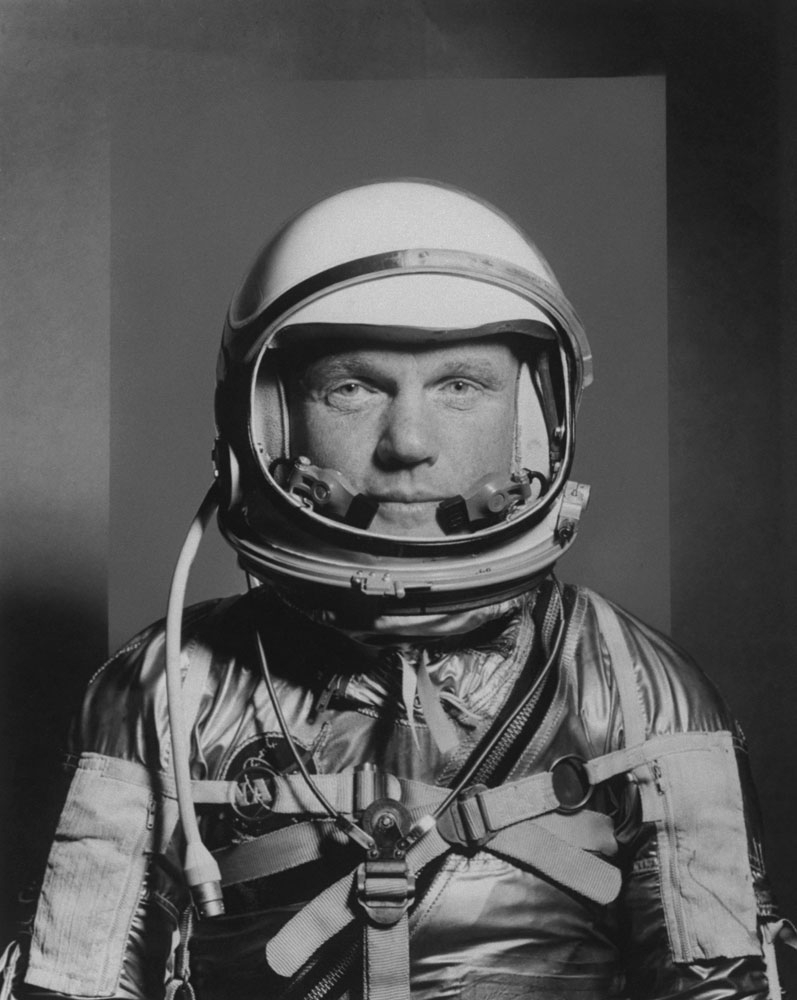

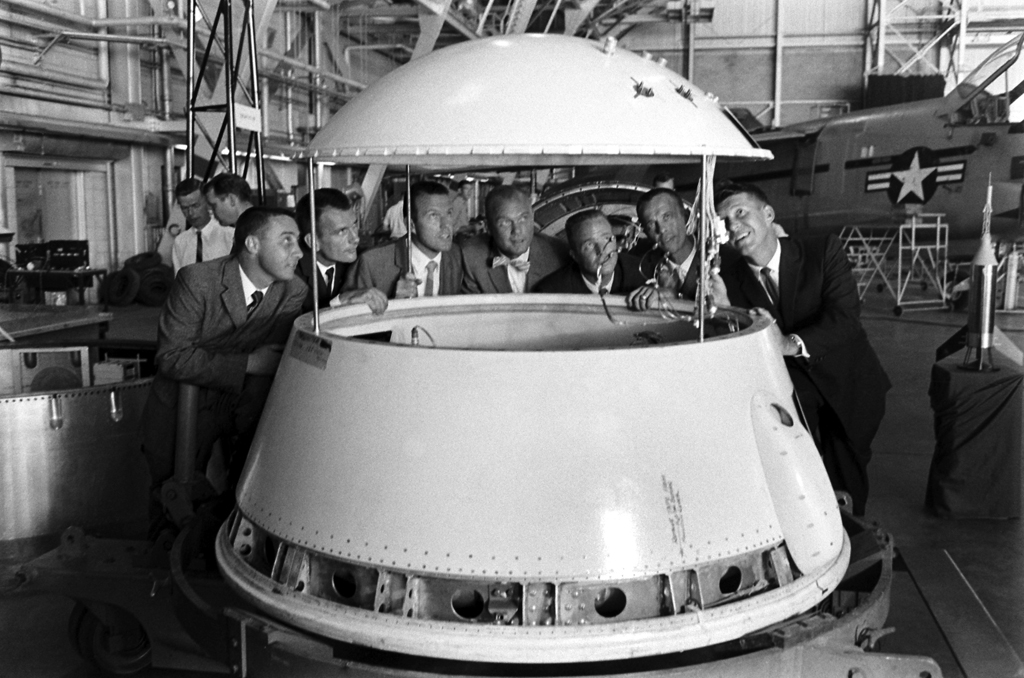
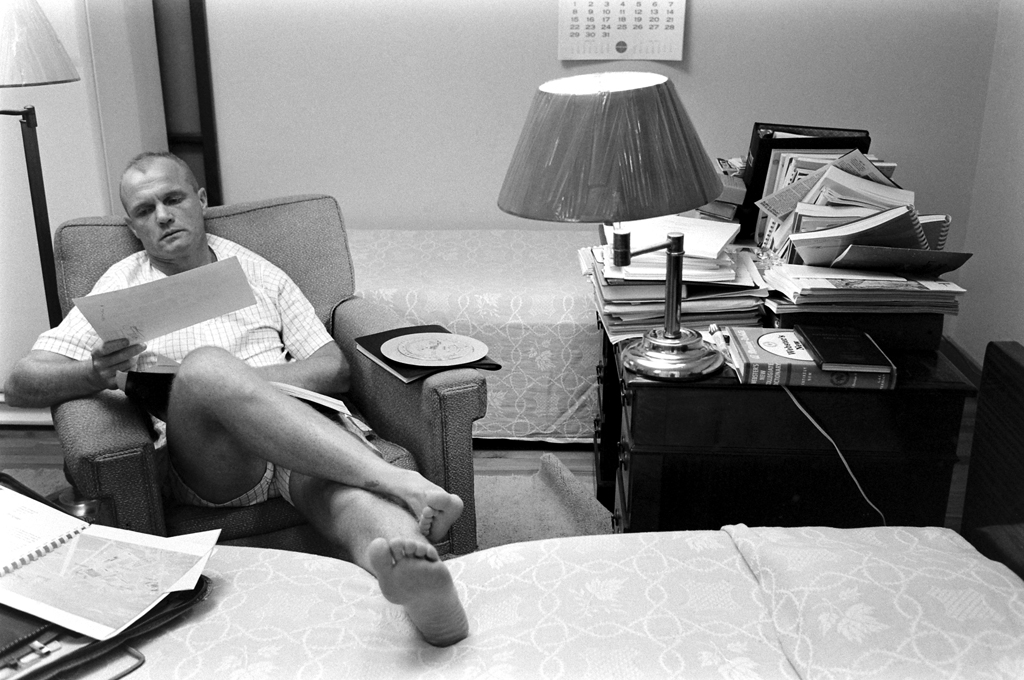
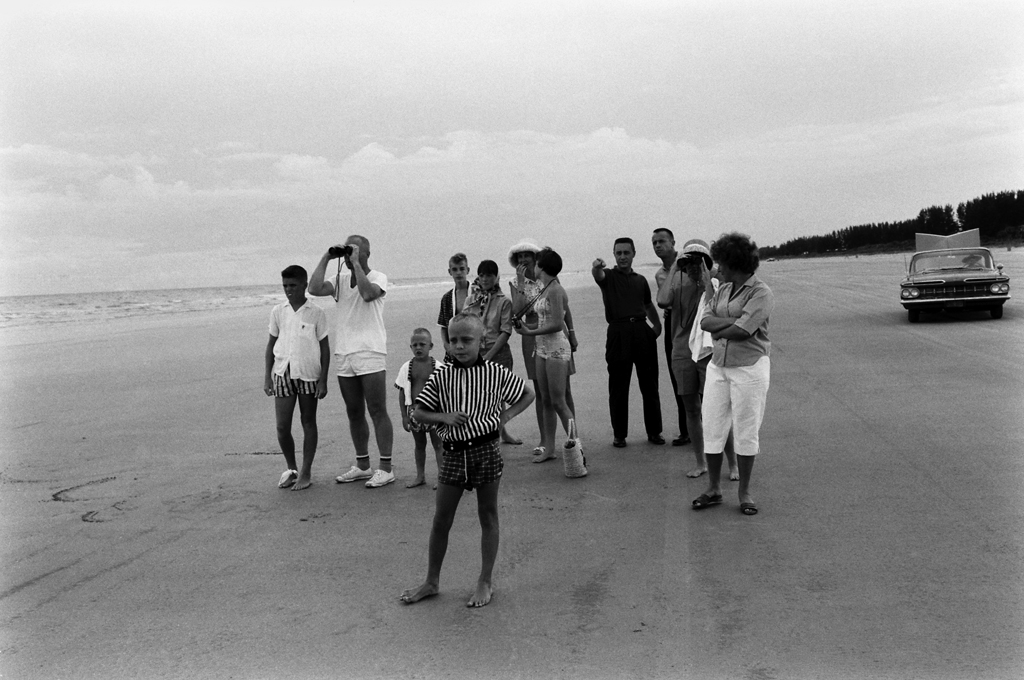
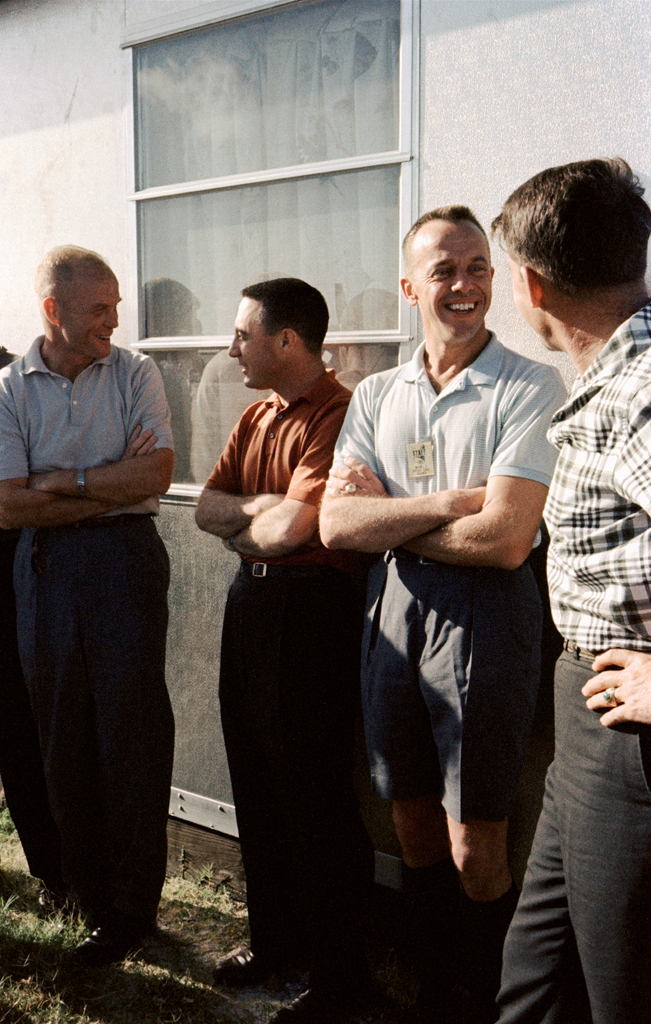
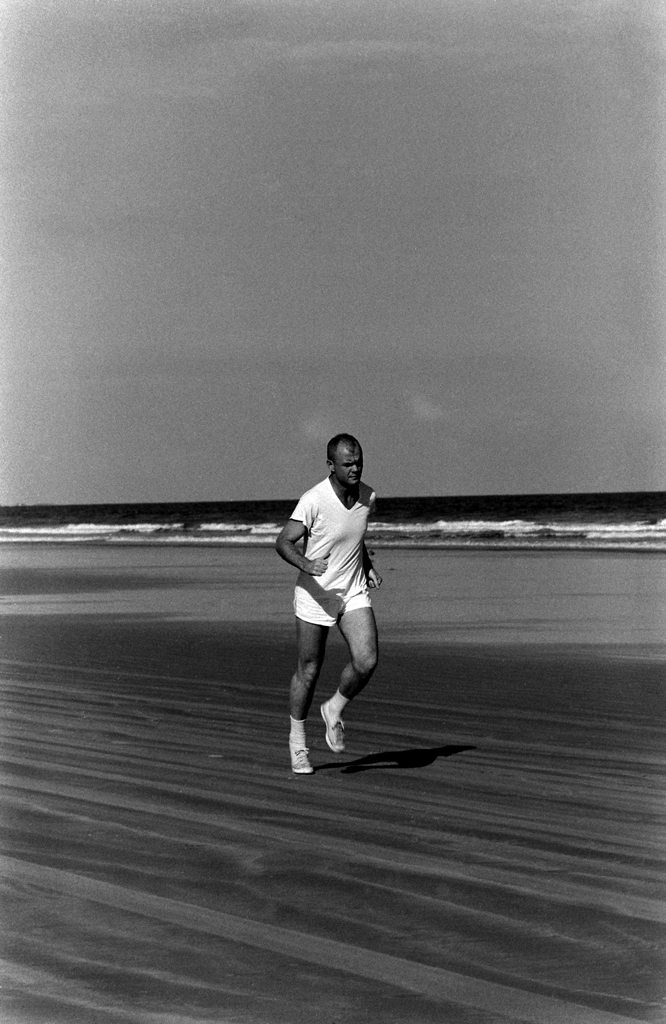
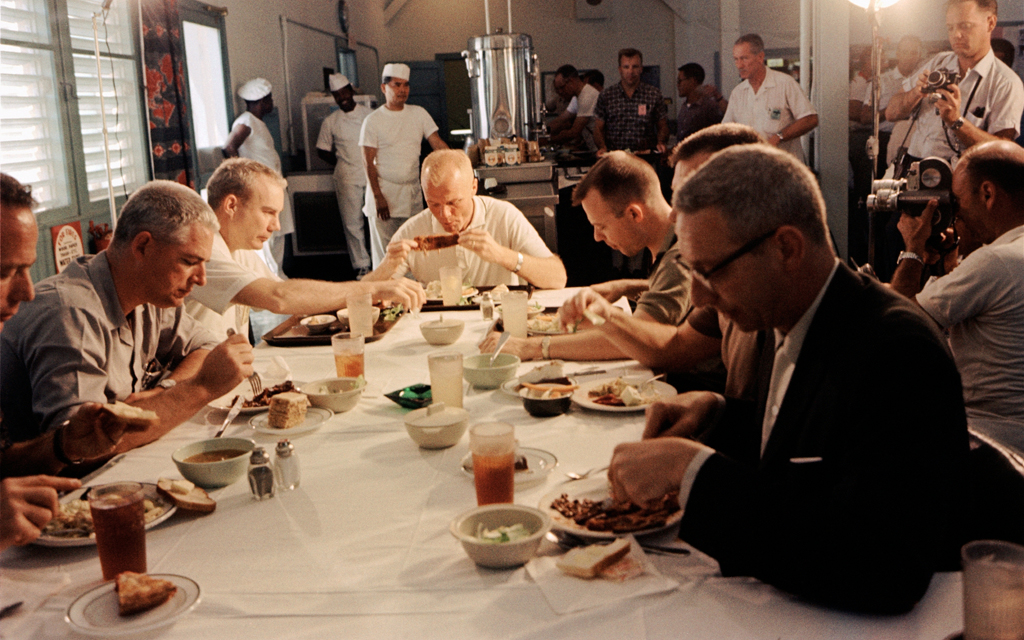

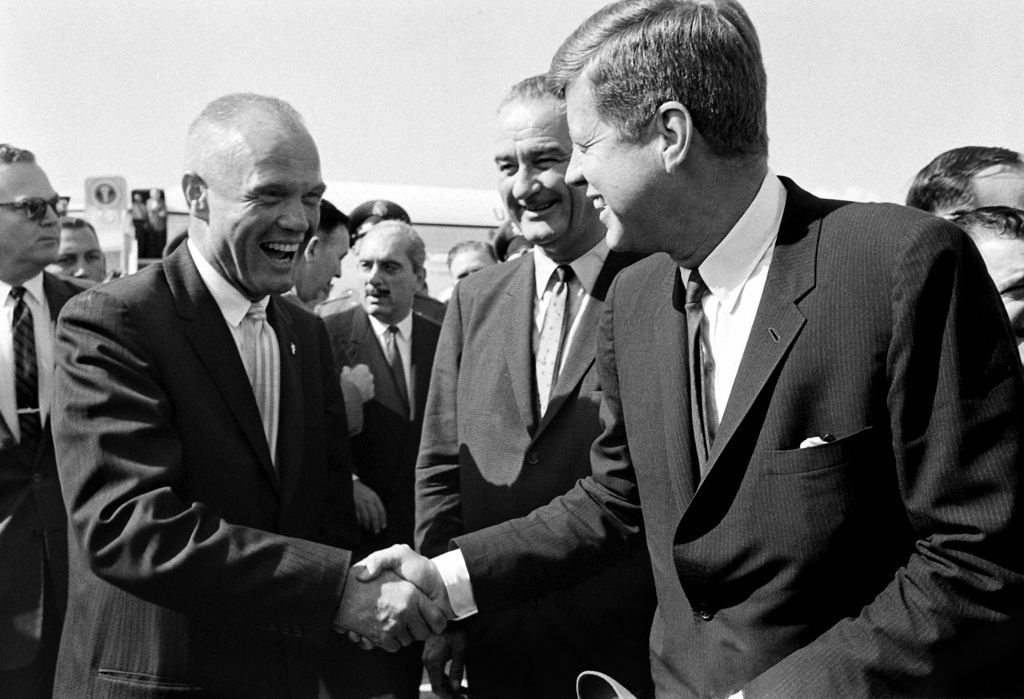
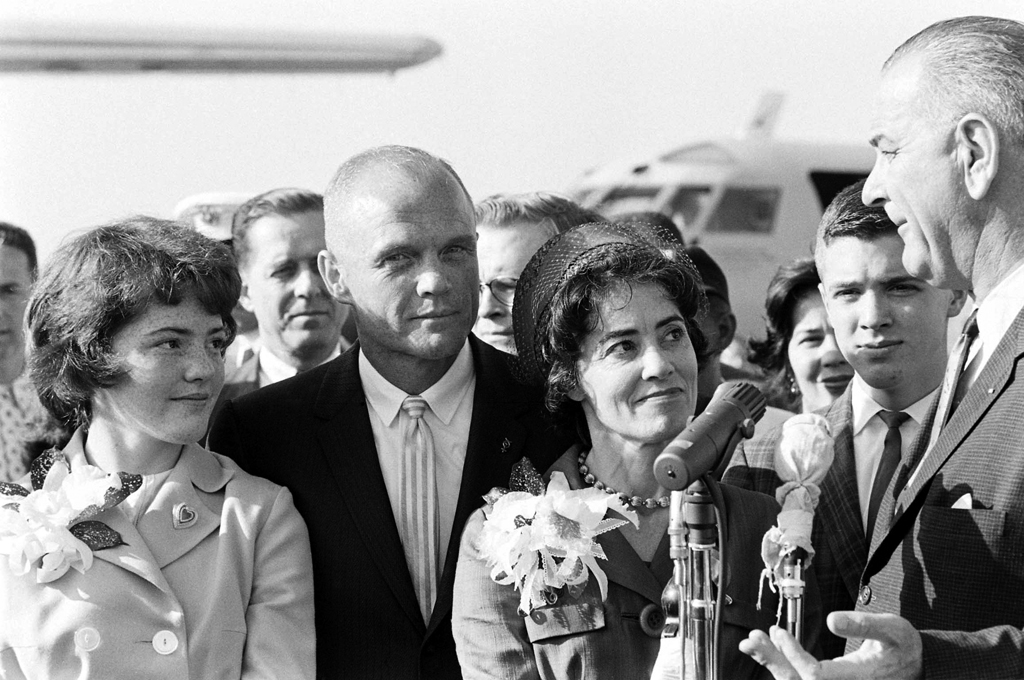
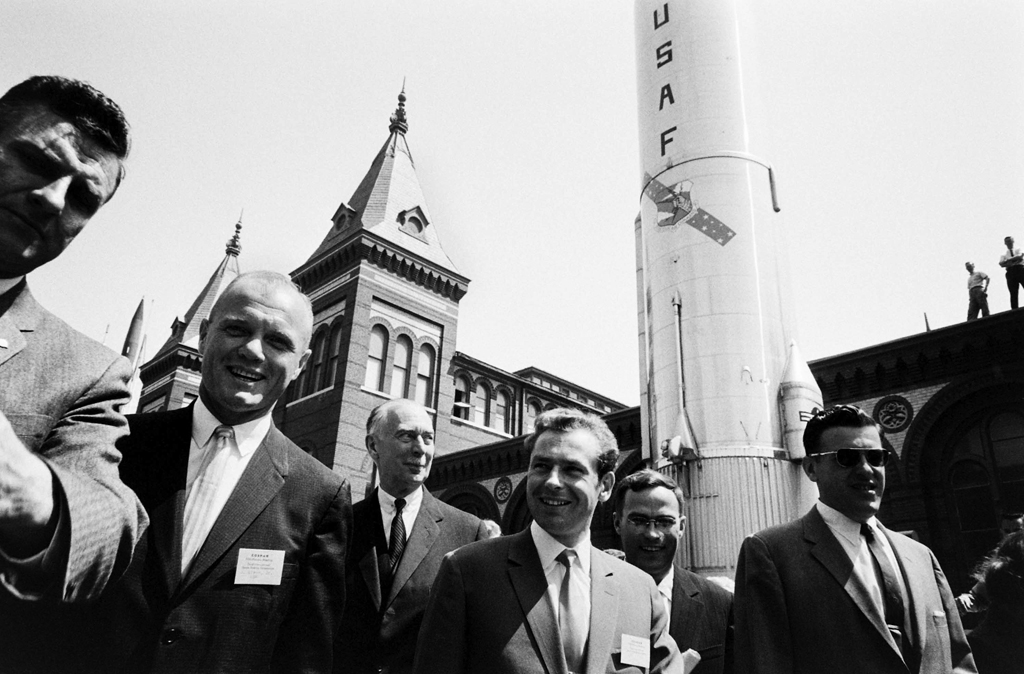
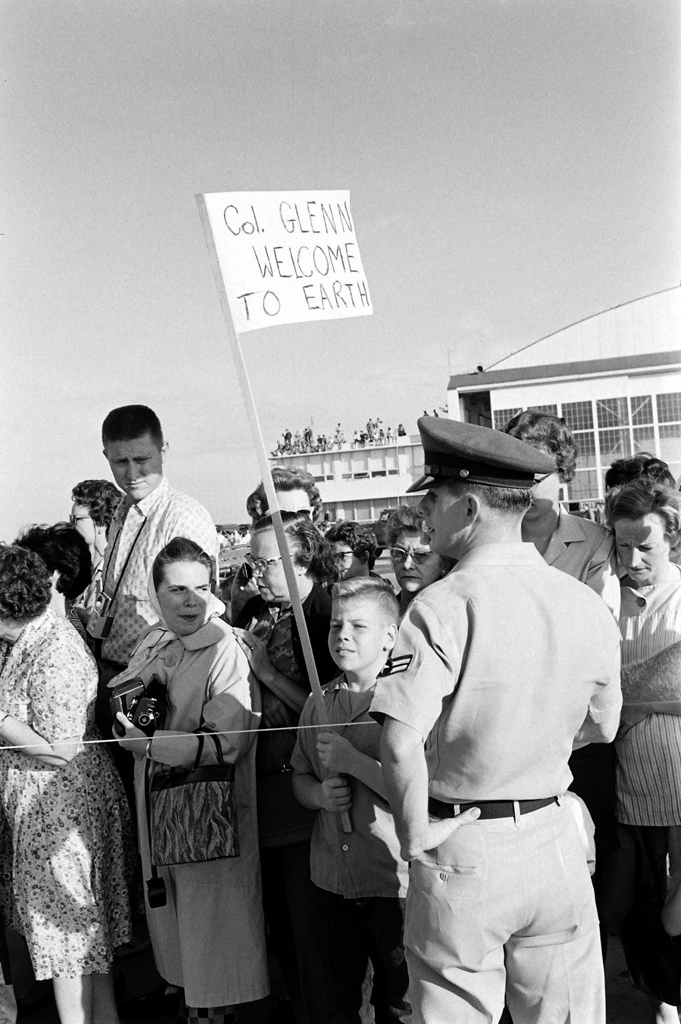


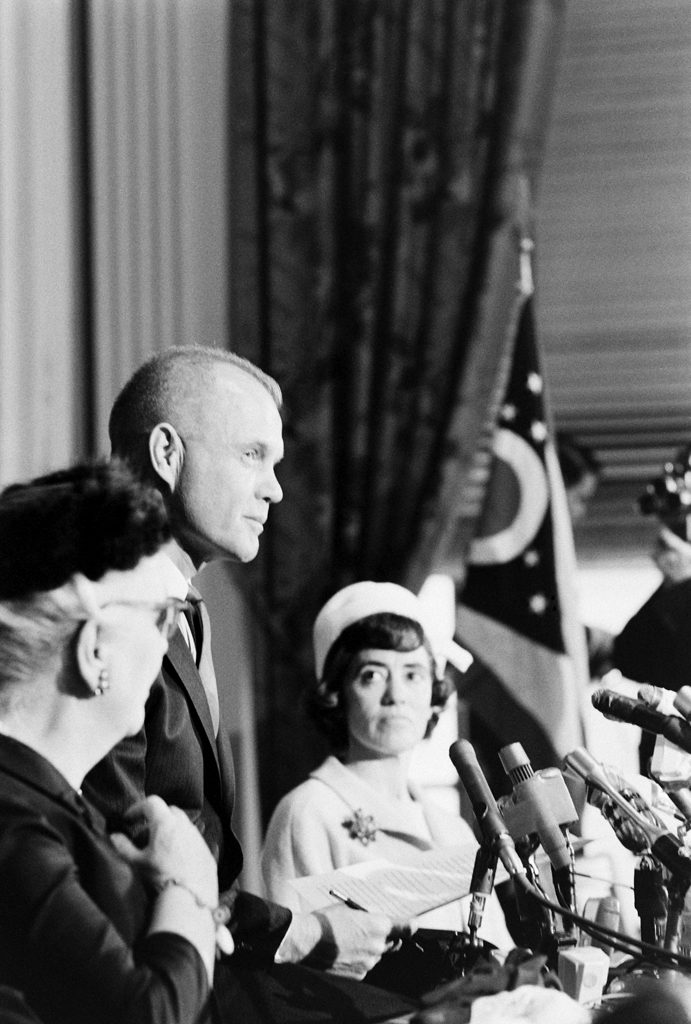
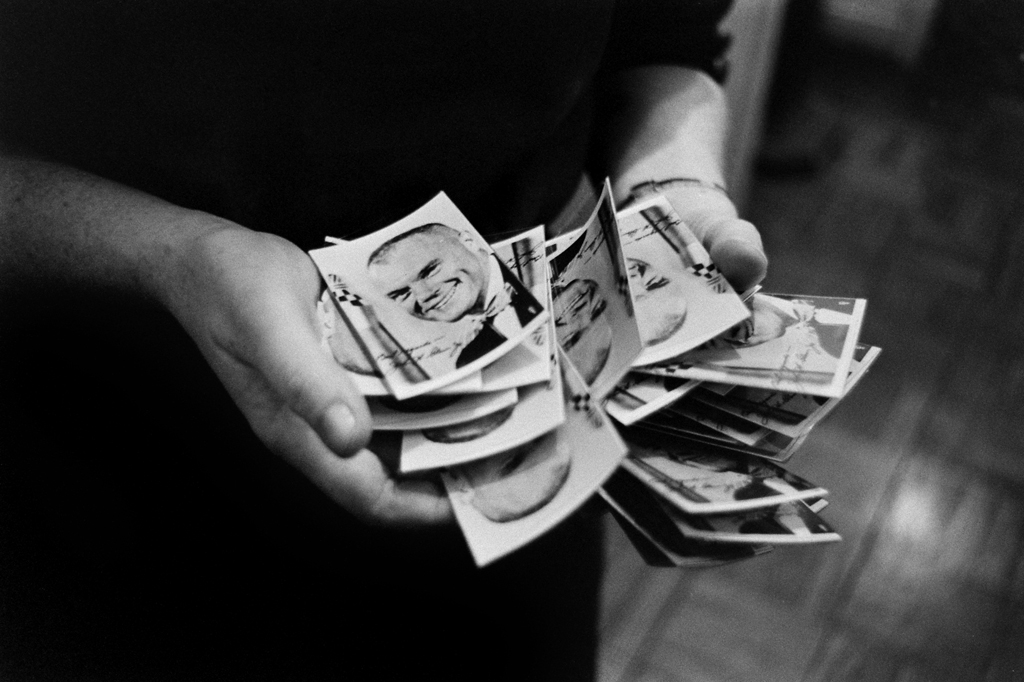


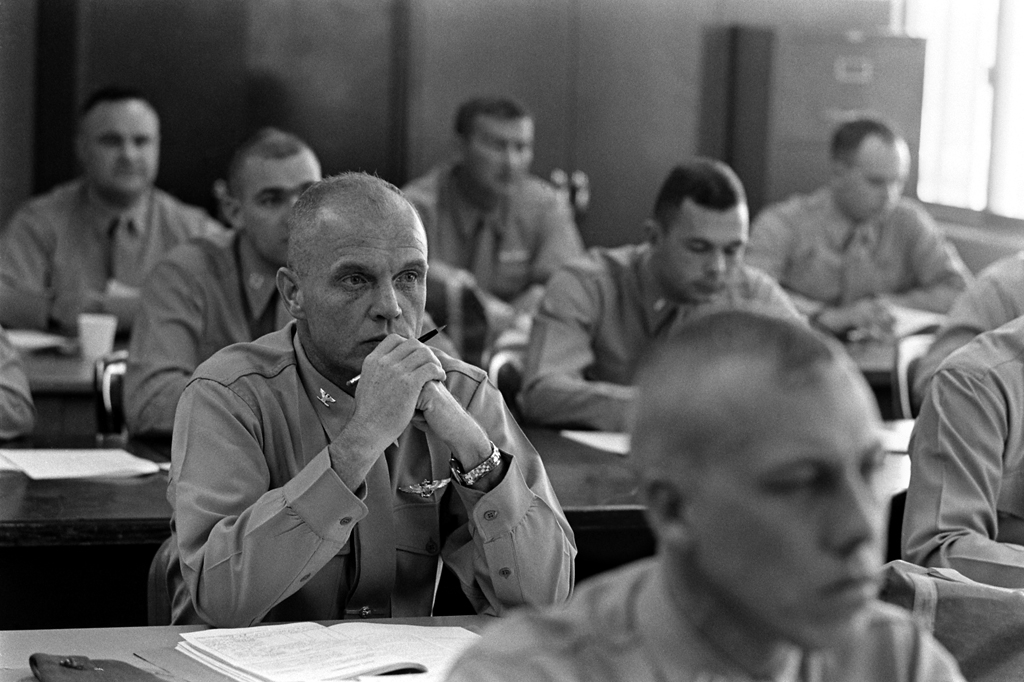

More Must-Reads From TIME
- The 100 Most Influential People of 2024
- The Revolution of Yulia Navalnaya
- 6 Compliments That Land Every Time
- What's the Deal With the Bitcoin Halving?
- If You're Dating Right Now , You're Brave: Column
- The AI That Could Heal a Divided Internet
- Fallout Is a Brilliant Model for the Future of Video Game Adaptations
- Want Weekly Recs on What to Watch, Read, and More? Sign Up for Worth Your Time
Contact us at letters@time.com